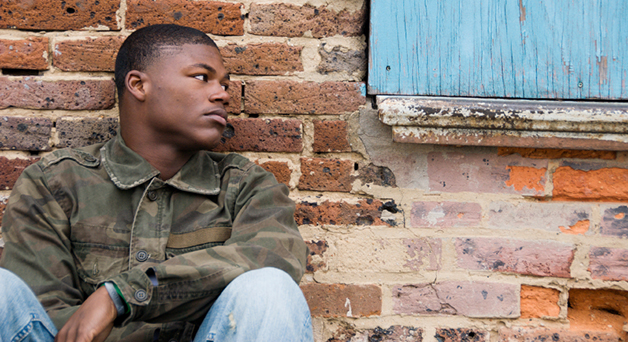Ask Me No Questions: Modern Teenage Homelessness
October 5, 2018
Teenage homelessness can merely be construed as a rarity to the untrained eye. Many high school students cannot fathom that their peers who don’t fit the distorted standard they have been informed of could be hiding in plain sight from the fairs that plague them.
They lead complete double-lives, devising a somewhat ordinary appearance, built on the basis of deception and a perpetually low-profile. Somewhat unthinkable plights go unnoticed, for if you ask them no questions, you will hear no lies.
Not only is this a prevalent social and economical controversy, but it is also a point that is so relevant in our community and school.
A calculation conducted by University of Houston, more than 1.5 million youths, ages 12-17 are afflicted by dispossession, exclusive of the countless teens who go uncounted because they have had to abandon their pursuit of education on behalf of their destitution.
By virtue of this editorial, I will attempt to undertake some misunderstandings about juvenile homelessness, as well as advise those who are willing to listen, for the more attentive that we are to the affair, the more effectively we can engage in our advocation.
It is naturally ingrained in us from childhood to tower over the homeless, as we were fed one cautionary tale after another about how drugs and crime brought them to the street corners, when really it is quite the opposite.
The most common matter to lead to teenage runaways and homeless is domestic contention, a stigma also warped by authorities telling us they are only ruthless kids who dismiss morality, and run away to live wildly.
However, the familial conflict that I am discoursing is severe by any standards, entailing abiding abuse and neglect. Traumas such as these force a scenario to which the child would rather turn to the streets rather than face the horrors of their home.
A greatly notable statistic when reviewing cases is the approximately 40% of the acute homeless population is either gay, transgender, or a member of the LGBT community, who are defiled by a caretaker due to their sexual orientation or gender preference, according to UCLA School of Law.
An even more superlative characteristic of these specific youths was substance abuse; but not in the sense that one would think. Many adopt the same stereotype of drug use by the adult homeless masses and apply it to the teens, which could not be further from the case. A 2007 study read that 66% of adolescents never used drugs or performed any illegal practices until their condemnation to homelessness.
What is seen is that poverty isn’t a factor of addiction: addiction is a factor of poverty.
Arguably one of the more heavy-hearted experiences for teens in this situation is that within the first 48 hours adapting to their new life, 45% will engage in some form of sex-trafficking or trade in one form or another.
From the above-mentioned calamities arise horrific repercussions medically, not to mention socially and psychologically. Dr. Christine Cavanaugh, N.P., P.A., and Pitman mom, has agreed to be interviewed on behalf of the thousands of derelict minors she treats, sharing the efforts of many to rehabilitate this group through their energies.
In the role of a medical and psychiatric professional, Dr. Cavanaugh is approached with a wide variety of physical afflictions that she must minister to.
“They are subjected to the elements, and cannot properly nurse existing conditions-but often they share the same conditions as patients with home,” she comments.
However, a considerable portion of her career is catering to the mental barriers put up by the anguish of homelessness.
She asserts that one of the superior strengths to have when doctoring this group is eternal empathy and patience for those who are reluctant to give up information, for fear of legal repercussions.
“If a youth does not have a guardian, or a runaway, we are required to contact Child Protective Services, who place them with a foster family,” she said, regarding adolescents falling victim to disease/sex work.
The hardships she has witnessed have left her to advise, “utilize every service available to you… no matter how far, there is someone out there who cares.”
